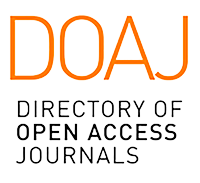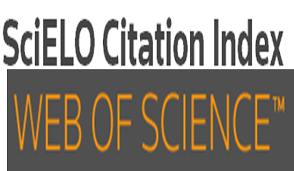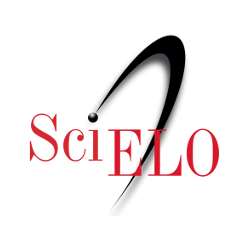Abstract
This rattle-figurine is characterized by jointed arms and a Mayoid style.
It was excavated in 1958 in the context of a secondary burial, at Nopiloa
in the region known as Mixtequilla in southern-central Veracruz, by the
archeologist Alfonso Medellín Zenil, and is now kept in the Anthropological
Museum of Xalapa (registration number PJ282). The essay examines five
iconographic motifs in the figures dress, consisting of a huipil and a
skirt, as well as circular ear-spools molded with the effigy of Tlaloc, the
god of rain, storm, lightning and war. The forms, and the ideas transmitted
by this Late Classic figurine, point to an imaginary of pan-Mesoamerican
inspiration, and the analysis leads to the conclusion that it is a
representation of those telluric mother gods whose orographic interiors or
wombs generate abundance.
Downloads
Download data is not yet available.

















